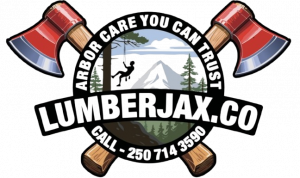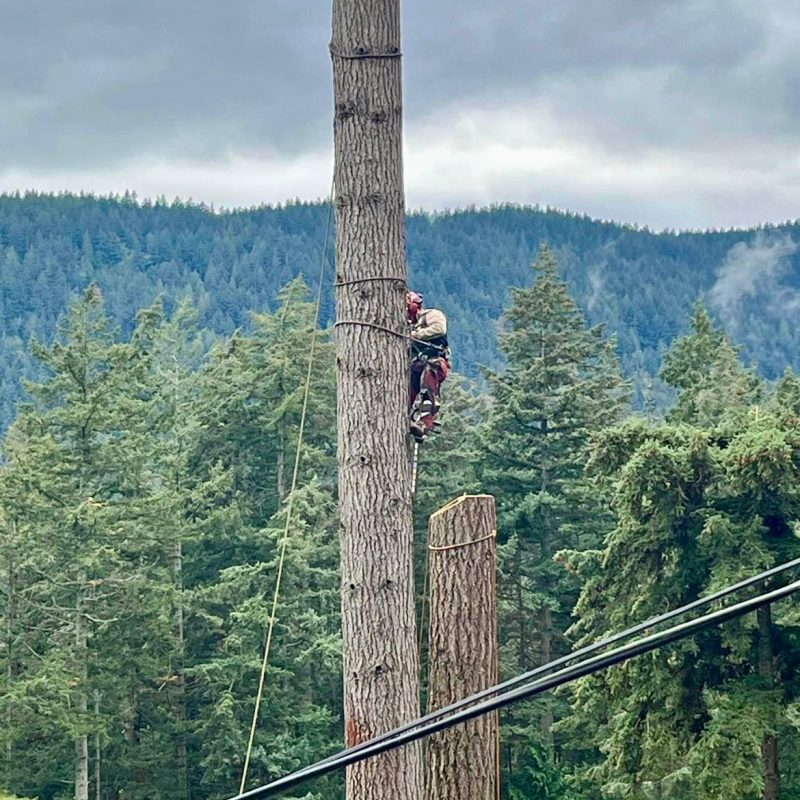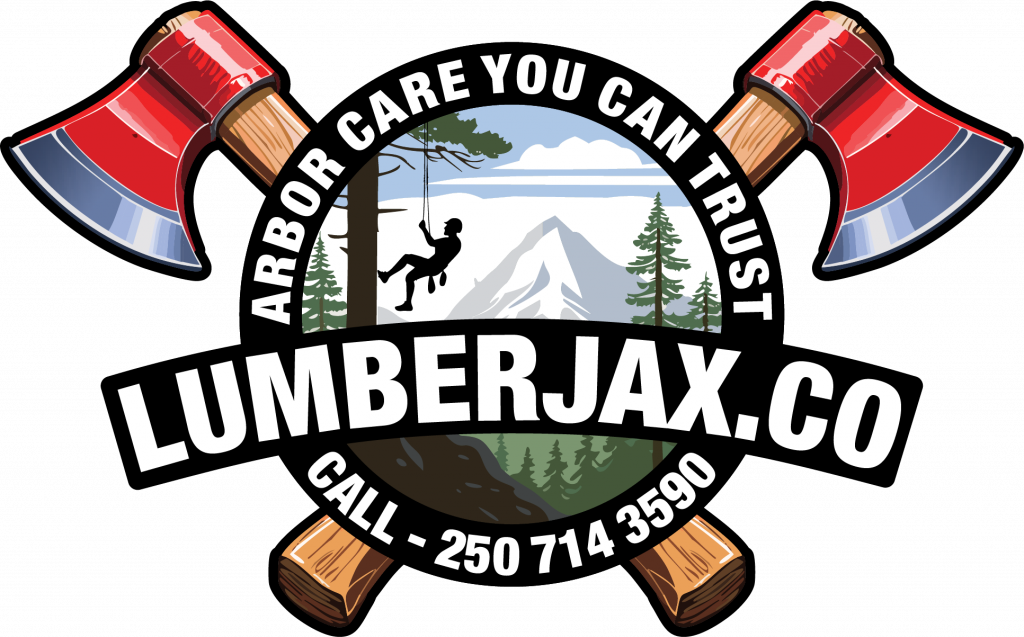
Specialist Tree Care & Land Management
LumberJax.co
Tree Services
Our team of qualified arborists use modern techniques and technologies to ensure trees are properly managed. From neighborhood giants to commercial hazards, our specialists are equipped to handle any challenge.
Tree Removal
Any tree. Any size. Any Location
Tree Pruning
Expert pruning and reduction.
Stump Grinding
Remove unsightly
stumps.
All Services
See our full range of services.
— Why Choose Us
No Hidden Cost
Honest and transparent quoting and payment process
Dedicated Team
Our team is widely experiences in all aspects of tree management.
Qualified Arborists
All our workers are qualified and knowledgeable about the most modern techniques.
No Tree Too Big
We are used to working with gigantic trees.
We handle everything for you!
At Lumberjax.co Tree Services, we provide a thorough service, you’ll never be left with problems to solve.
About Us
Welcome to Lumberjax.co Tree Services, your trusted partner in professional tree care across Vancouver Island and the surrounding Gulf Islands. We are proud to be a team of qualified arborists, bringing a wealth of experience, dedication, and care to every project we undertake.
Request Wood Chips
Recent work
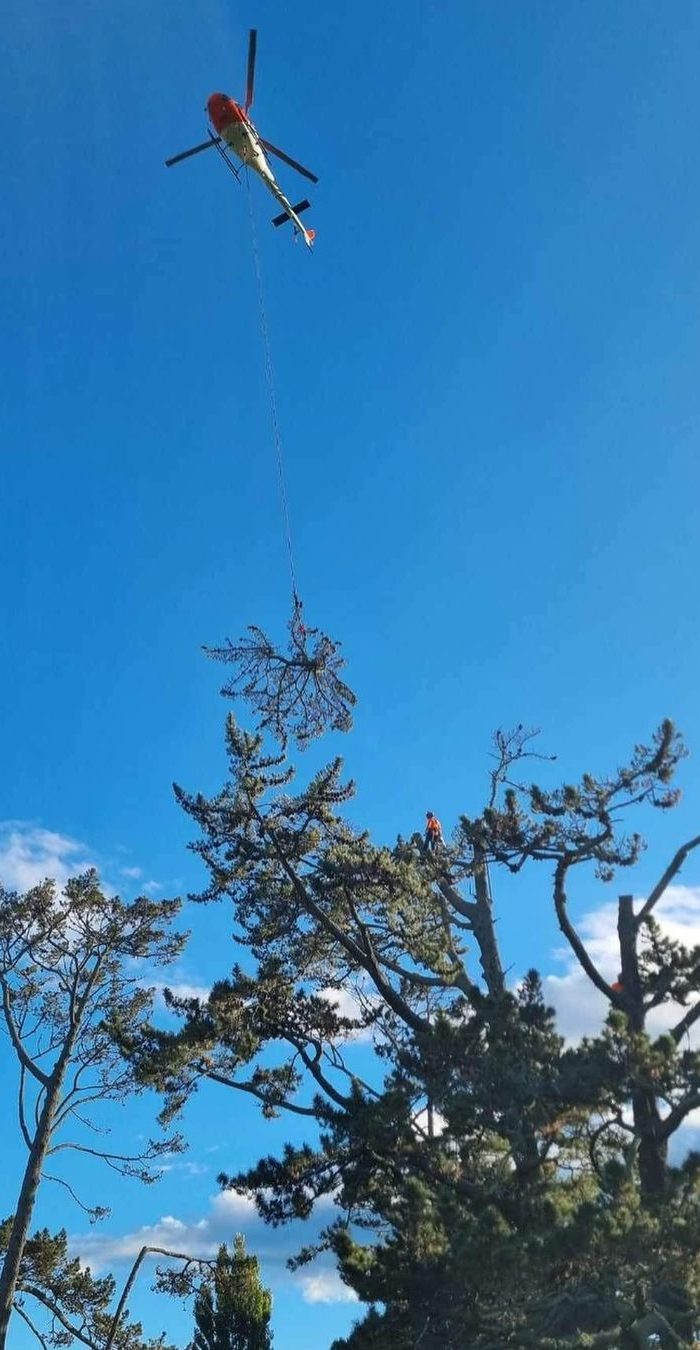
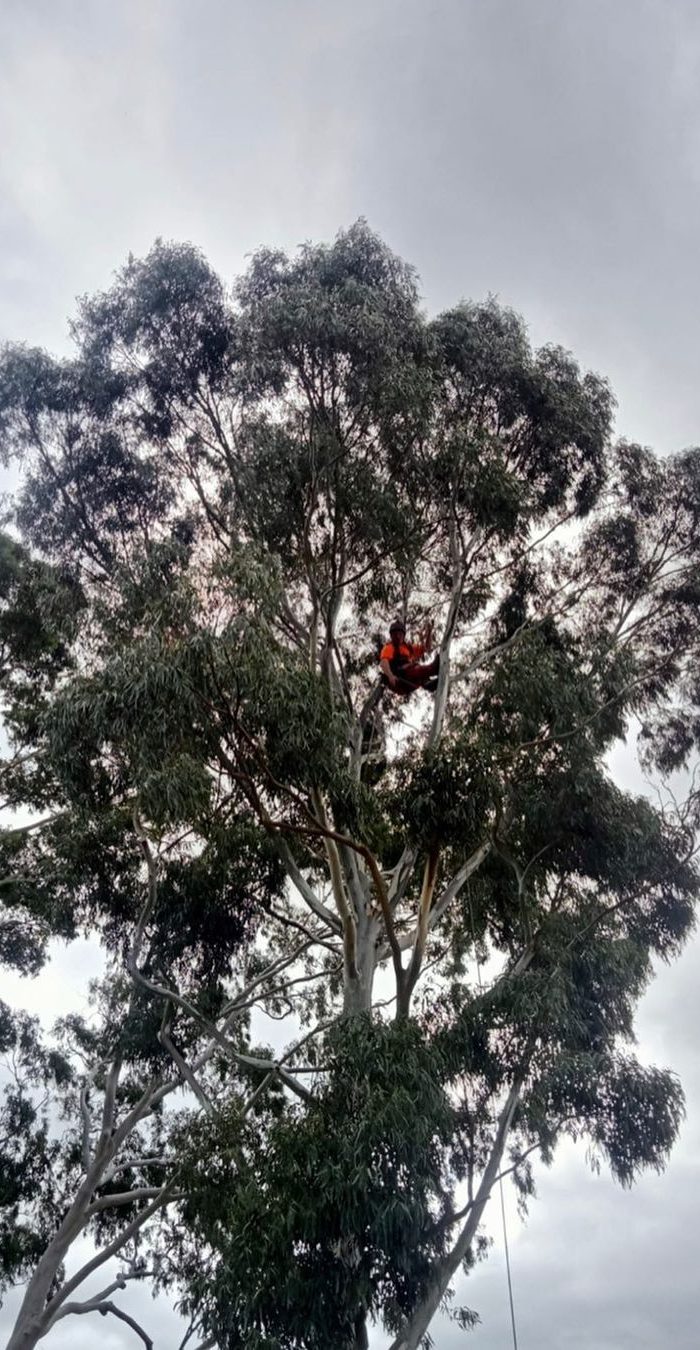
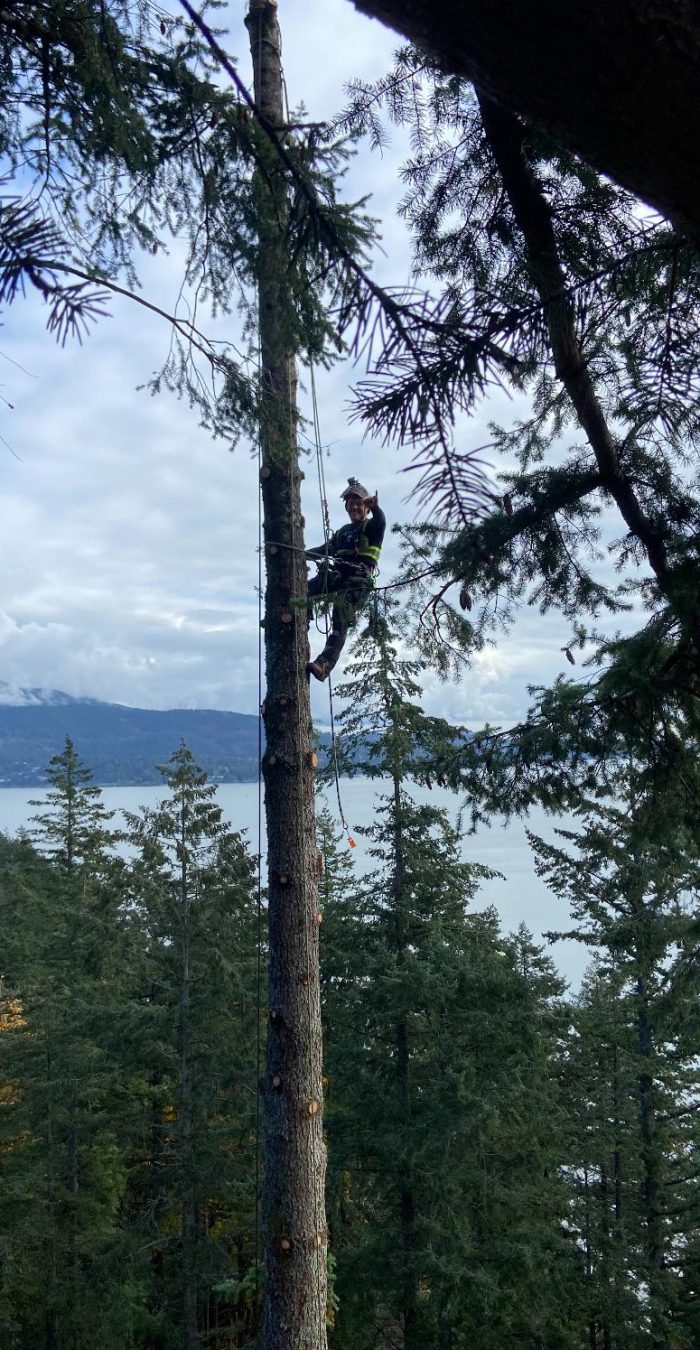
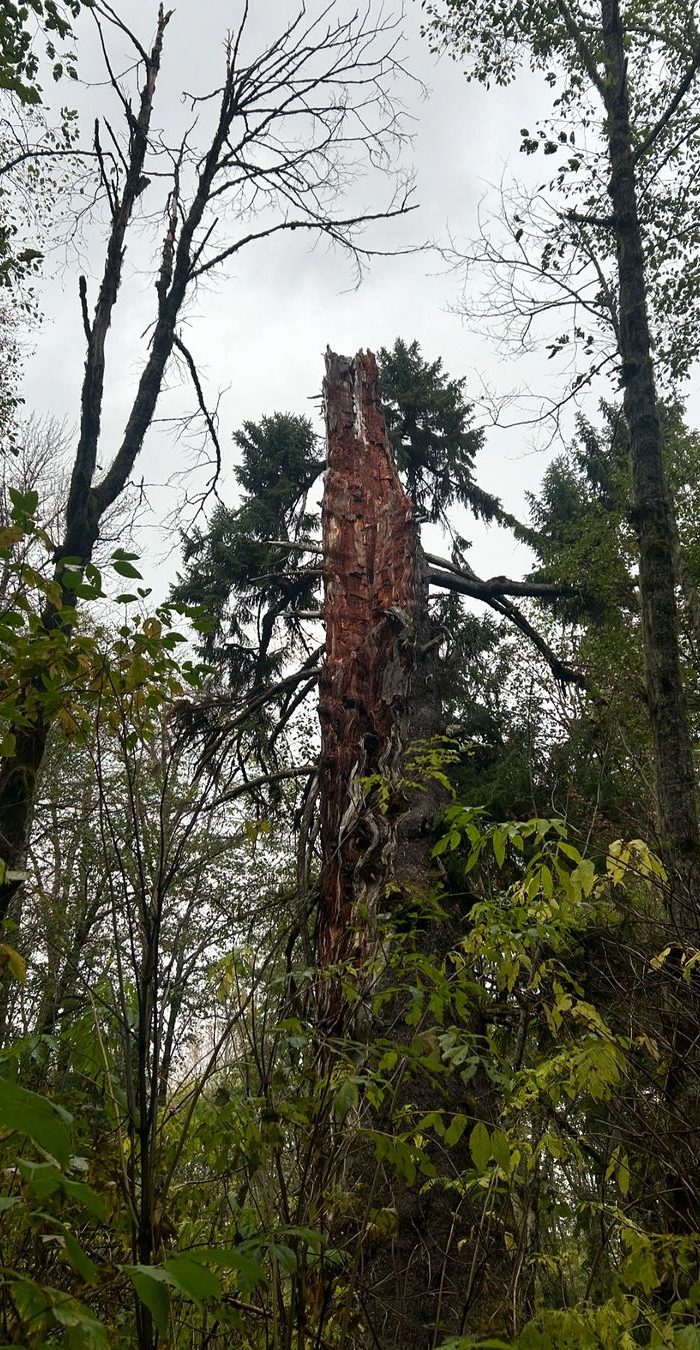
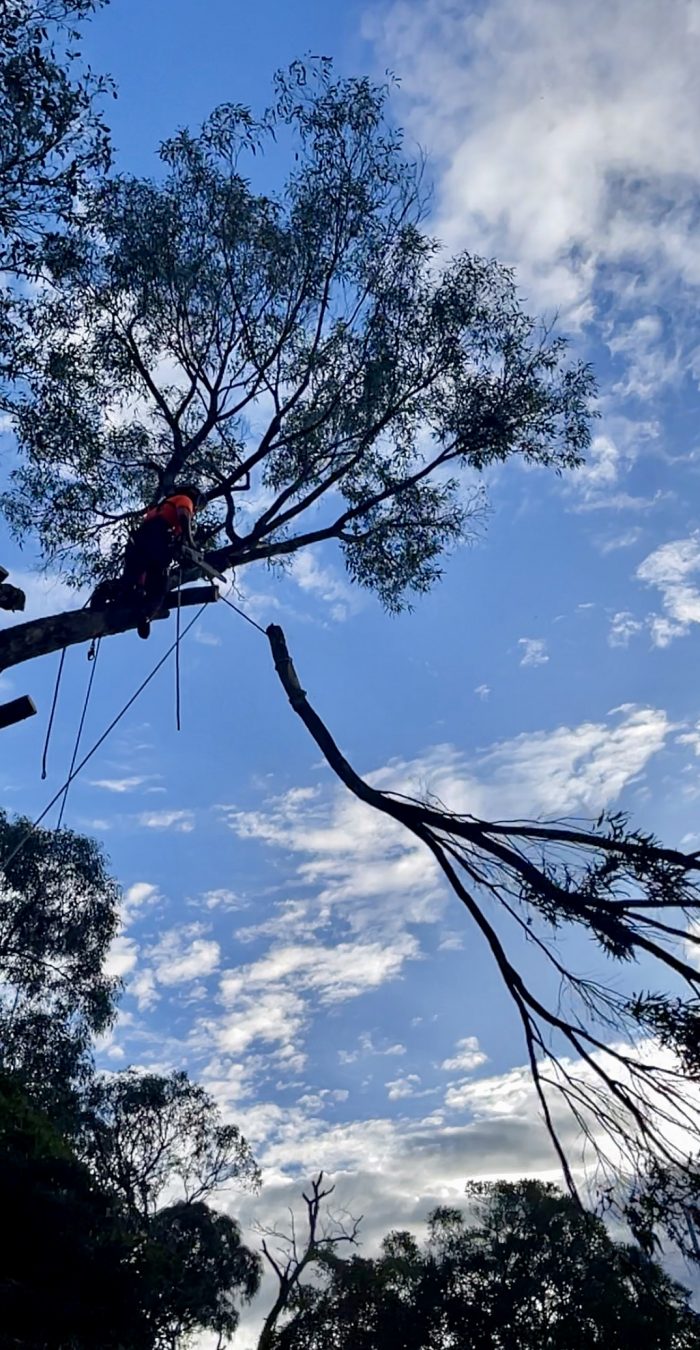
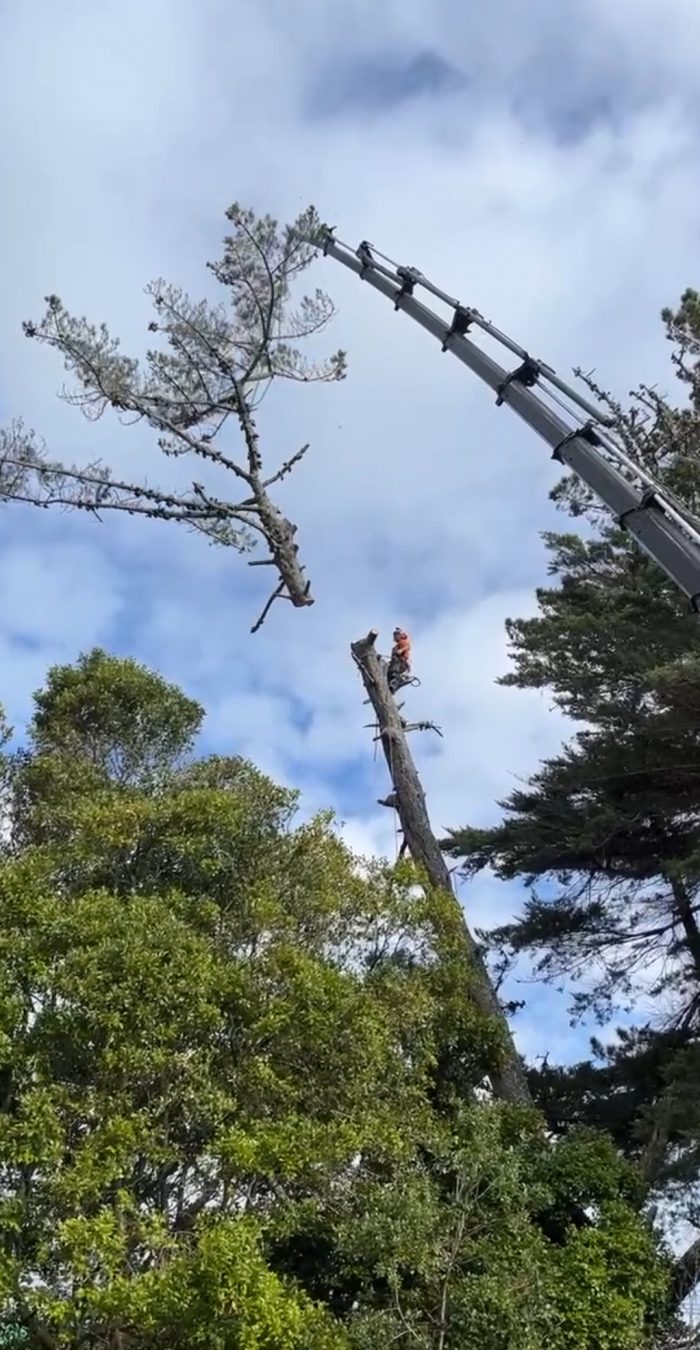
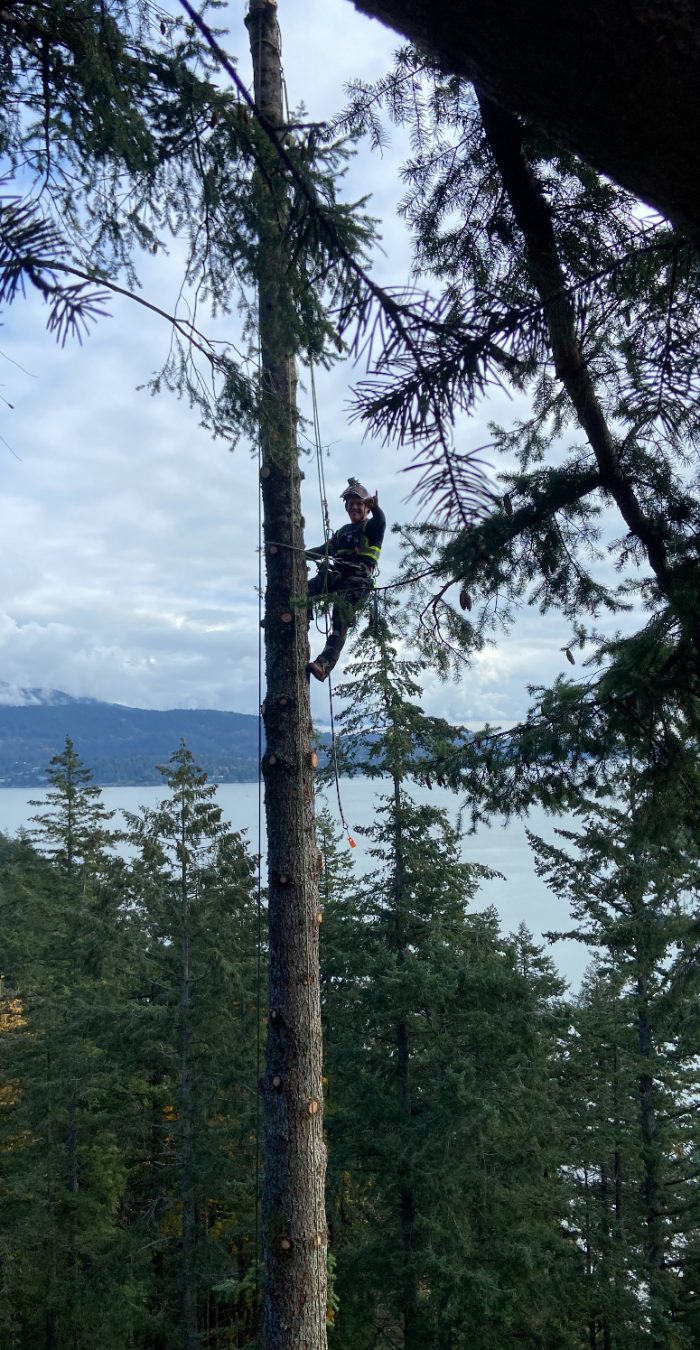
FAQs
- **Cracks or Splits**: Visible fractures in the trunk or branches.
- **Leaning Trees**: A sudden or progressive lean, especially with disturbed soil at the base.
- **Deadwood**: Large, dead branches that could fall.
- **Fungal Growth**: Mushrooms or other fungi at the base or on the trunk.
- **Cavities or Decay**: Hollow areas in the trunk or large branches.

